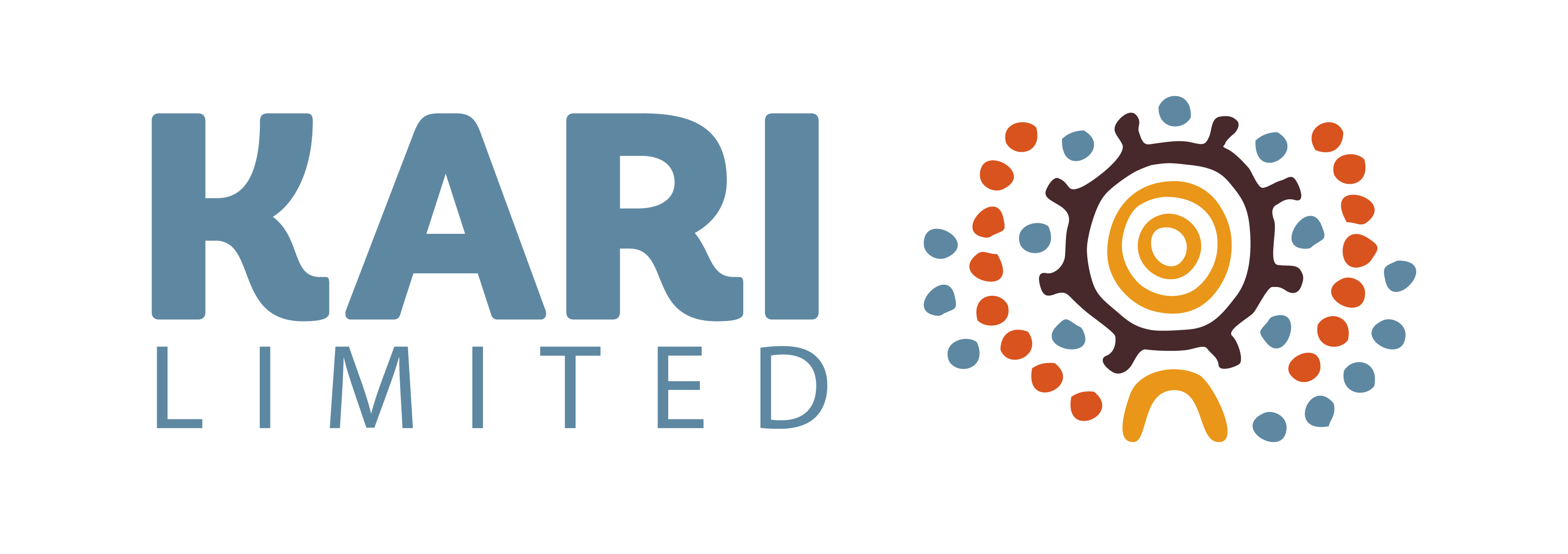All children, young people, and families that KARI works with in the Permanency Support Program are referred by the Department of Communities and Justice.
Generally, they are referred as the Department believes a child or young person is at risk of significant harm. Once referred to KARI, and placement has been accepted, KARI aims to do everything possible to restore children and young people back to their parents.
In the early stages of placement, KARI works closely with DCJ to determine the permanency goal using both the Permanency Placement Principals and Aboriginal Placement Principals as a guidance tool for determining the best permanent placement option.
The preferred order for the permanent placement of a child or young person is:
The Permanent Placement Principles help guide casework and decisions made by the Children’s Court. DCJ must demonstrate to the court that it has considered each permanent placement option.
The Aboriginal and Torres Strait Islander Child Placement Principle (ATSICPP) recognises the importance of connections to family, community, culture and country in child and family welfare legislation, policy, and practice, and asserts that self-determining communities are central to supporting and maintaining those connections.
The principle includes five core elements:
Prevention
That governments actively support families to address risks, preventing harm and preserving families
Partnership
That statutory authorities work with Aboriginal people and their organisations in the design and delivery of child and family systems with as much self-determination as possible
Placement
Where Aboriginal children require alternate care, placement must follow a hierarchy that prioritises their family and kin, their Aboriginal community, and the broader Aboriginal community before placements outside of their family and culture
Participation
Aboriginal children and young people, their families and communities have the right to participate in all decisions that affect their lives, and the lives of their children
Connection
All decisions must value every Aboriginal child’s right to be connected to their family, community, culture, and Country, and support them to do so.
